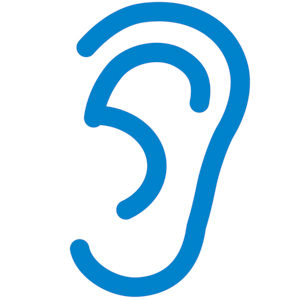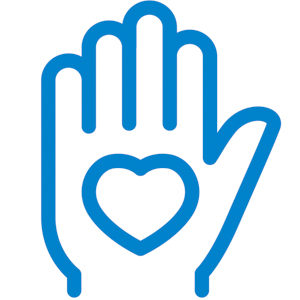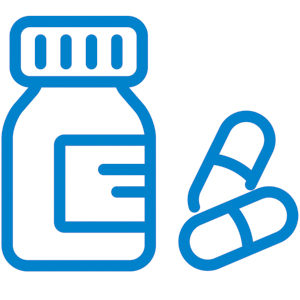Living with Sarcoma and Bone Cancer
Living with sarcoma and bone cancer
Living with sarcoma and bone cancer is all about finding the quality of life that suits you best. It will mean returning to some familiar things and also making some new choices. For some people, treatment may remove or destroy the cancer. For other people, the cancer might never go away completely. Some people may get regular treatment with chemotherapy, targeted therapy, or other treatments to help keep the cancer in check.
At MRO, we understand that there’s more to recovery than medical treatment. And while radiation therapy itself may be painless, the treatment impacts your body in ways that you can’t always see.
In order to keep your body strong, we encourage you to be active in caring for yourself. Here’s a list of things you can do to get the most out of life during your treatment:
-

Drink plenty of fluids and eat a healthy diet.
-

Listen to your body. Don’t push yourself too hard, and rest when you’re tired. You will probably be sleeping more than normal, and that’s okay.
-

Be kind to the skin near your treatment area. Wash the area with mild soap and water, and do not put hot or cold packs on the skin. Contact your MRO care team before using lotions or ointments.
-

Find a support group or seek out help to manage the stress that comes with cancer treatment and cancer diagnosis.
-

Make sure to tell your doctor about any medicines or supplements you take to ensure the medications are safe to use during treatment.
-

Follow your doctor’s orders and contact your MRO care team with any questions.
In 2021, there were over 60,000 patients and their families in the U.S. struggling with sarcoma.
–National Cancer Institute
Life After Treatment

After you’ve completed treatment, you’ll have follow-up visits with your MRO radiation oncologist and the doctor who referred you to MRO, especially in the first few months after treatment, to make sure there is no progression or recurrence.
Your physician may also recommend home care, occupational or vocational therapy, pain relief, physical therapy, or participation in support groups. During this time, it’s important to report any new symptoms to your doctor right away, so the cause can be found and treated.
For more information, visit our resources page.